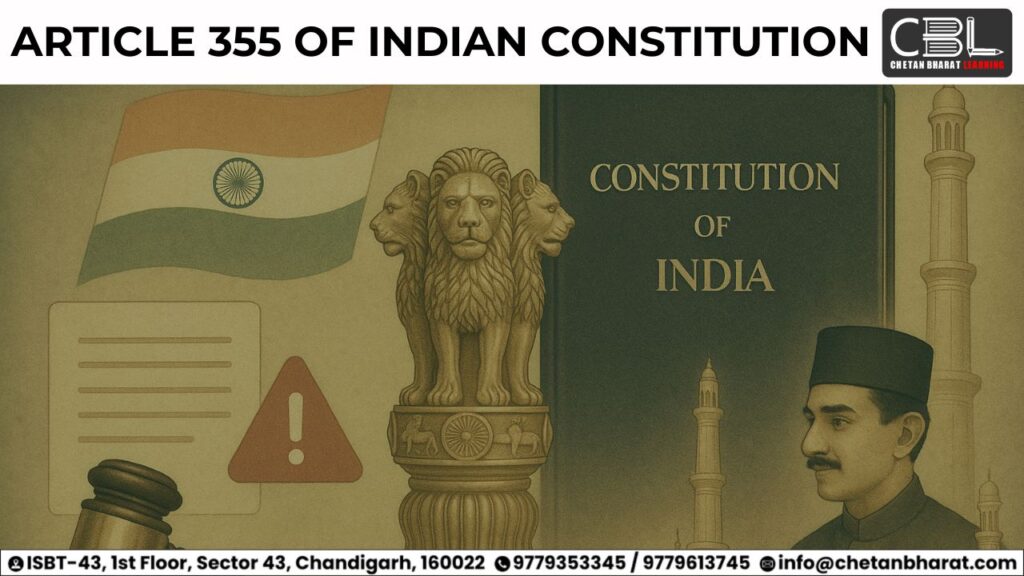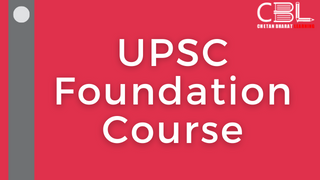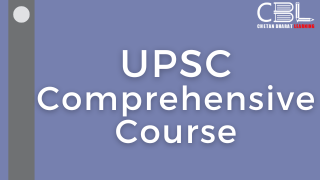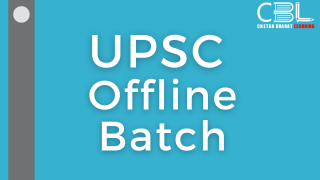
Important for UPSC, State PCS
Prelims: Articles related to Emergency Provisions, including Article 355 and 356 . Federal structure and division of powers between the Union and States .
Mains: General Studies Paper-2 : Constitutional Governance, Impact of Article 356 on Federalism in India , Role of the Governor and the President in a federal setup , Centre-State Relations under the Constitution .
Context-
Recently, a plea was filed in the Supreme Court to invoke Article 355 of the Constitution to protect the state of West Bengal from violence that erupted after the passage of the Waqf Amendment Bill.
Article 355 of the Indian Constitution: Duty of the Centre
Article 355 of the Indian Constitution imposes a duty on the Union Government to protect every state against external aggression and internal disturbances. Additionally, it mandates the Centre to ensure that the government of each state operates in accordance with the provisions of the Constitution.
This provision serves as the foundation for the Union Government’s intervention in state affairs when there is a failure of constitutional machinery within a state.
In the event that the constitutional machinery in a state breaks down or is rendered ineffective, Article 356 empowers the President of India to take over the governance of that state.
This intervention is commonly known as ‘President’s Rule’ and is also referred to as ‘State Emergency’ or ‘Constitutional Emergency’. Under President’s Rule, the Union Government assumes control over the administration of the state, ensuring that governance is carried on in accordance with the Constitution.
Grounds for Proclamation of President’s Rule
President’s Rule can be proclaimed under Article 356 on two specific grounds: one is outlined in Article 356 itself, and the other is provided in Article 365.
Ground Under Article 356: Failure of Constitutional Machinery in the State
Article 356 authorizes the President to issue a proclamation if he/she is satisfied that a situation has arisen in which the government of a state cannot be carried on in accordance with the provisions of the Constitution. The article allows the President to take action based on various circumstances where the state government fails to function effectively, such as:
- Breakdown of law and order: If there is widespread violence or internal disturbance in the state, and the state government is unable to restore peace.
- Failure of the state government to function properly: This could include a situation where the ruling party loses its majority, leading to political instability, or the government is unable to function due to internal disputes.
- Failure to enforce central laws or directives: When the state government refuses to implement or abide by laws passed by the Centre, or directions issued by the Union Government.
- External aggression or internal disturbances: When the state government is unable to defend the state from external aggression or manage significant internal disturbances.
Notably, the President can act on the basis of a report from the Governor of the state, or in some cases, even without such a report. This provision gives the President a wide discretion to assess whether the constitutional machinery has failed and whether intervention is necessary.
Ground Under Article 365: Non-compliance with Directions from the Centre
Article 365 provides a second ground for the proclamation of President’s Rule. It states that if a state fails to comply with or give effect to any direction issued by the Union Government, it will be lawful for the President to declare that a situation has arisen where the government of the state cannot be carried on in accordance with the provisions of the Constitution.
The directions issued by the Union Government could pertain to:
- National security measures
- Economic policies or financial governance
- Implementation of central laws or schemes
- Public safety and welfare measures
If the state refuses or fails to comply with these directives, the President is empowered to invoke Article 356, leading to the imposition of President’s Rule. This provision ensures that the state remains aligned with national priorities and central governance directives.
Conclusion–
In summary, Article 355 places an important constitutional responsibility on the Centre to ensure the protection of states and uphold constitutional governance. When the constitutional machinery in a state fails, the Union Government can step in under Article 356, declaring President’s Rule. This intervention is based on two primary grounds: the breakdown of state governance (Article 356) or the failure to comply with central directives (Article 365).
While the provision for President’s Rule is essential for maintaining constitutional order, it must be exercised judiciously to preserve the federal structure of India. Its invocation should be limited to situations where the state government’s functioning is significantly compromised, and the Union Government needs to take immediate action to restore constitutional governance.
CBL Practice Questions for Prelims
Under which of the following conditions can the President of India declare President’s Rule in a state?
- Failure of the state government to function according to the provisions of the Constitution.
- A state’s refusal to comply with directives from the Union Government.
- A natural disaster that disrupts state governance.
Select the correct answer using the code below:
a) 1 only
b) 1 and 2 only
c) 2 and 3 only
d) 1, 2, and 3
Answer: b) 1 and 2 only
CBL Mains Practice Question
Discuss the scope and significance of Article 355, particularly in light of its implications for federalism in India. How does the Centre intervene in state governance under Article 356?




Leave a Reply
You must be logged in to post a comment.